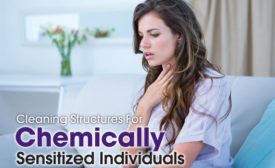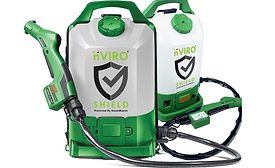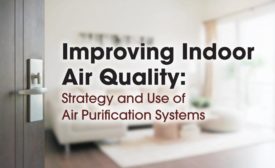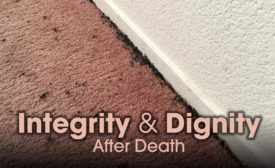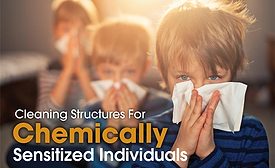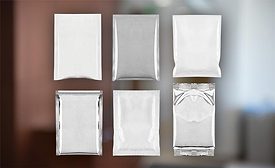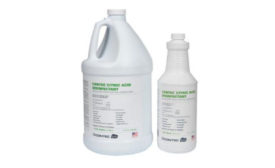Contamination Restoration & Remediation
Cleaning Structures for Chemically Sensitized Individuals | Part 3
Part 3 - Neutralization
Read More
The 7 Steps of Forensic Restoration After Unattended Death
Integrity & Dignity After Death
Read More
Stay ahead of the curve with our eNewsletters.
Get the latest industry updates tailored your way.
JOIN TODAY!Copyright ©2024. All Rights Reserved BNP Media.
Design, CMS, Hosting & Web Development :: ePublishing

